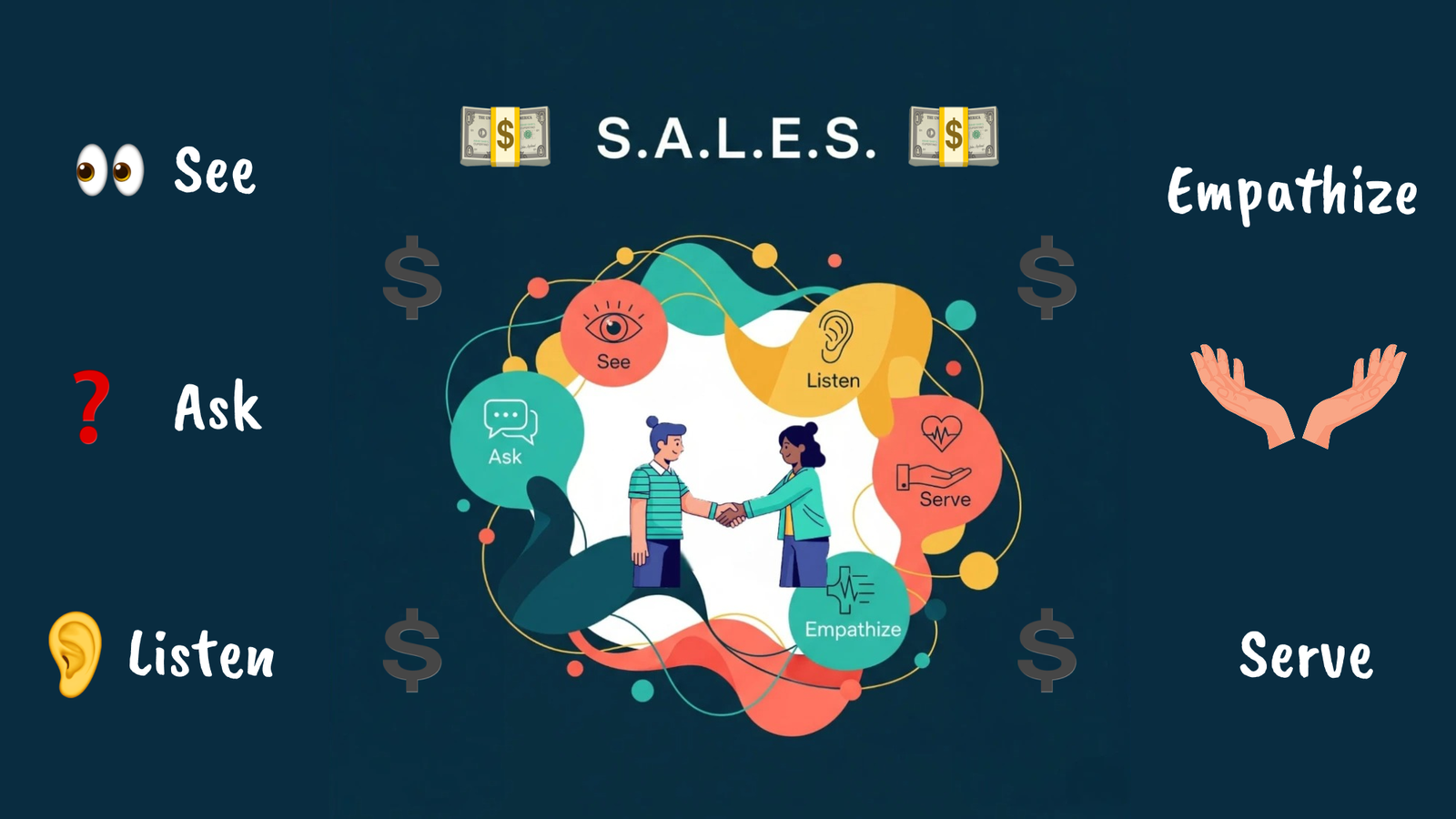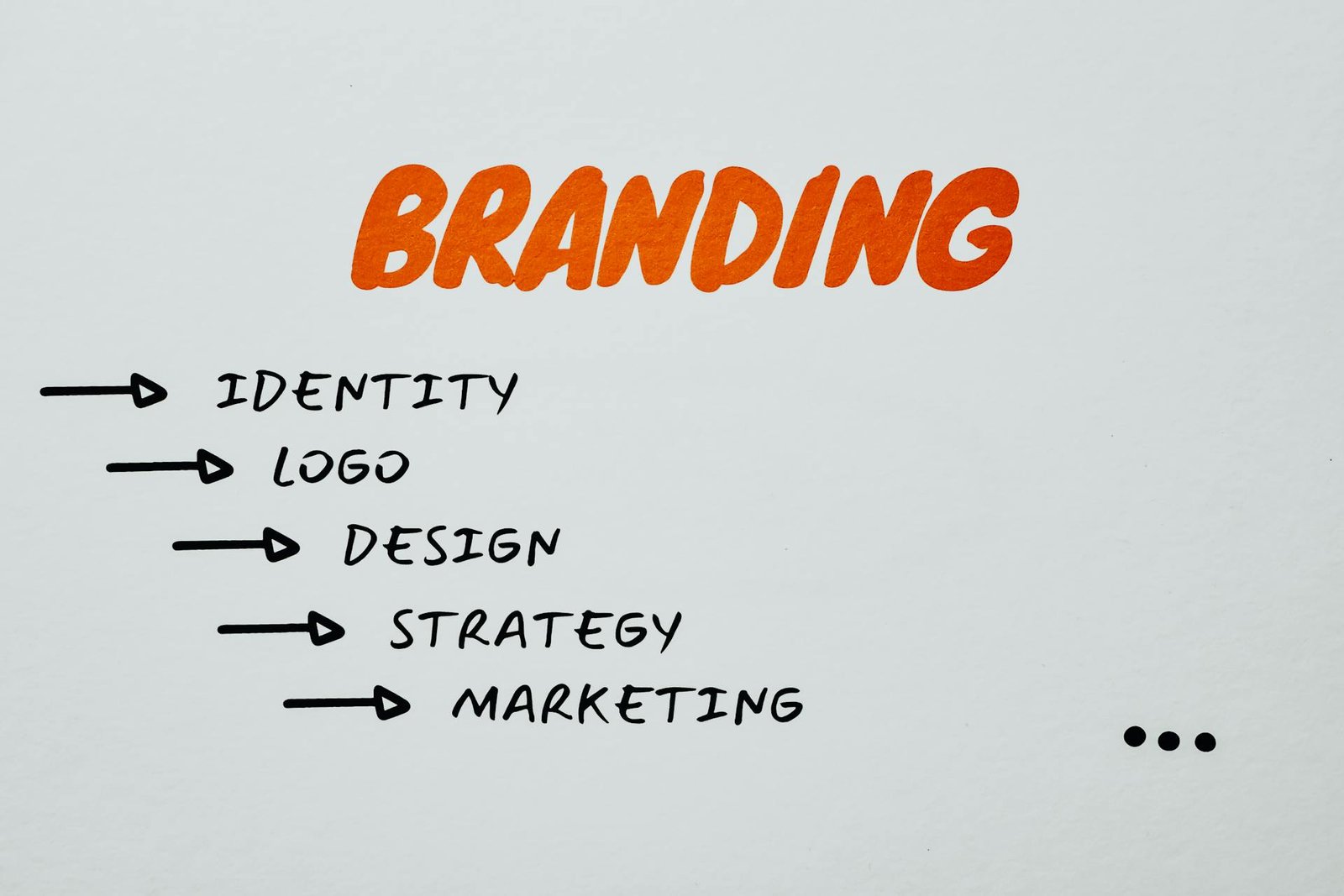Let’s face it! Your number one priority as an entrepreneur or business owner is to sell high-quality products/services, which hopefully leads to customer satisfaction and loyalty. Selling consistently and sustainably is the key.
But achieving this is incredibly difficult when you’re constantly bombarded by questions and problems that demand your decision. Millions of tiny decisions can drag you away from your core goal to sell.
Questions like which font to use, whether to post on Instagram or TikTok, WordPress or ClickFunnels, Mailchimp or MailerLite – these can derail your focus from the only thing that truly matters: driving sales and business growth.
The 80/20 Rule 🔓
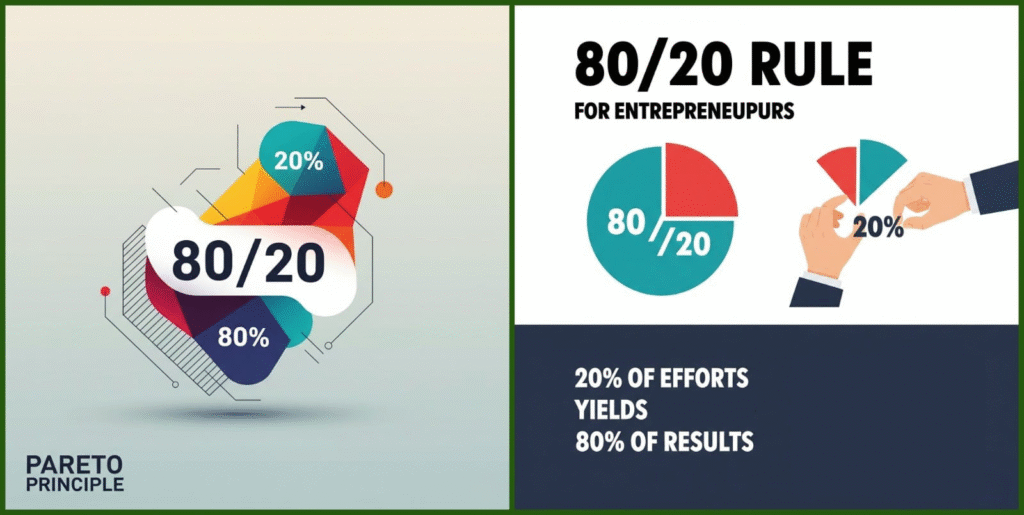
So, the most critical skill for any entrepreneur is the ability to stay focused and prioritize effectively. A powerful method to achieve this is the 80/20 Rule, also known as the Pareto Principle. This principle states that approximately 20% of your efforts lead to 80% of your results, while the remaining 80% of efforts only yield 20% of results.
In essence, the desire to control every single aspect of your business will divert your attention from the most important tasks. This is a primary reason why micromanagers often struggle, not just mentally, but financially as well.
However, entrepreneurs who delegate tasks to the right people and focus on the vital 20% are the ones who truly win! While having employees is a common characteristic of successful, wealthy individuals, it’s not a prerequisite for applying this principle.
Even if you’re a solopreneur, you can apply the 80/20 rule by concentrating on the efforts that generate traction from your ideal customers. For the remaining tasks that you can’t manage on your own, you can strategically outsource to skilled freelancers.
Hit the nail where it makes the most Difference 🎯
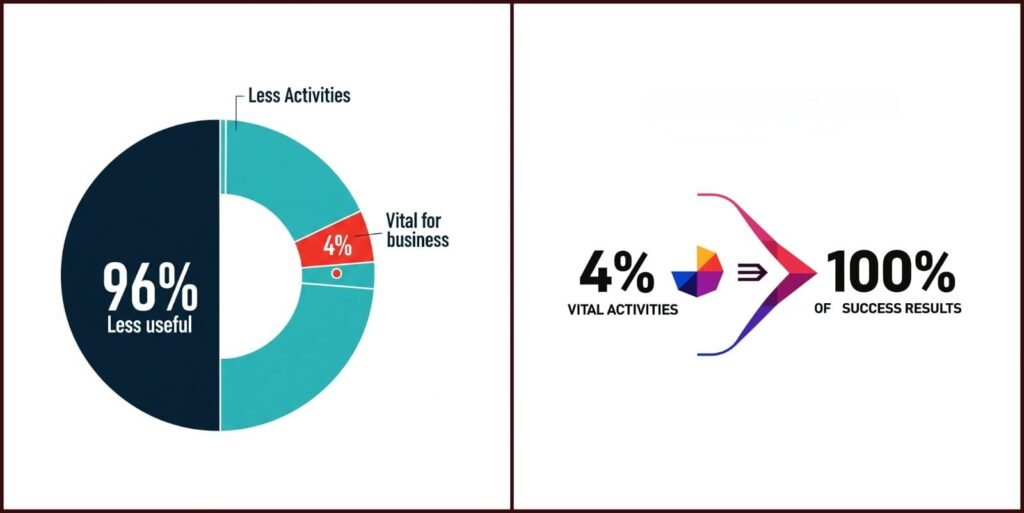
Think of it this way: Do you want to be the best violinist, or the conductor of the orchestra? Even the world’s best pianist or violinist cannot outperform a well-orchestrated ensemble.
Once you’ve proven your business model and generated revenue, your primary objective shifts to how to sell more and increase your profits, rather than getting bogged down in routine operational details.
In fact, only about 4% of your daily activities genuinely propel your business forward and move the money needle. The other 96% still need to get done, but they shouldn’t be done by you.
The 4% Rule: Delegate Your Way to Unstoppable Business Scaling📈
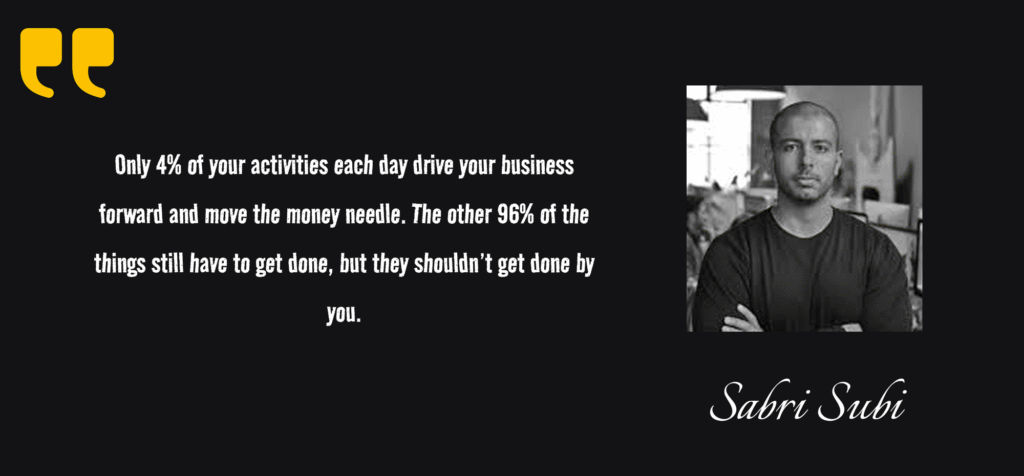
Best-selling author Sabri Suby takes this concept further, suggesting you delegate 80% of even that crucial 20%. This means you focus 100% of your efforts on the most essential and impactful 4% of tasks, setting yourself up for undeniable success. He aptly calls this the 4% Rule.
Of course, this isn’t easy, especially if you’ve been a solopreneur for a long time. It might feel like entrusting your “child” to someone else. However, it’s absolutely essential for sustainable business growth and scaling.
If you’re creating exceptional products/services and your customers consistently rave about them, then a lack of focus and delegation might be the only barrier holding you back. Start by delegating a few small things at a time and gradually expand from there.
Your Journey starts now ▶️🛣️
🤩 Ready to unleash your inner business maestro and conduct your symphony of success? 🚀 If this article lit a fire under you, sparked an “AHA!” moment, or gave you that crucial push to master focus and delegate like a boss, then we want to hear from you!
🔥 Don’t keep this game-changing wisdom to yourself! SHARE this with every entrepreneur, solopreneur, and aspiring business owner you know who’s ready to escape the daily grind and truly grow. Let’s empower our community! ➡️ [Share Button]
💖 Did this resonate with your entrepreneurial journey? Do you have an 80/20 success story or a delegation win to share? Hit that LIKE button and drop a COMMENT below! We’re building a tribe of focused, successful leaders, and your insights are invaluable! 👇
What’s the #1 task you’re going to delegate or outsource today to free up your 4%? Tell us! Let’s conquer overwhelm together! 💪🎯

